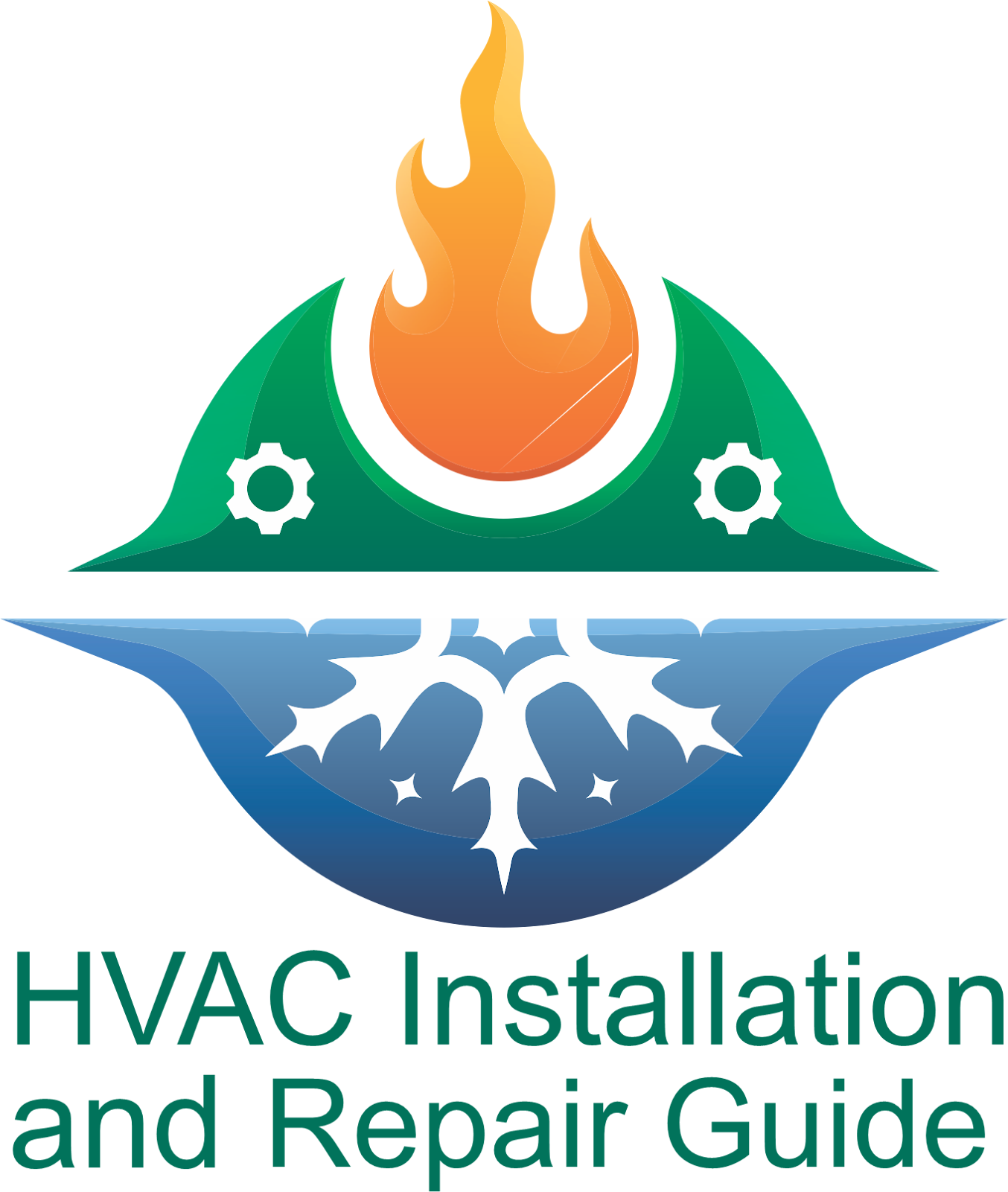Winterizing Your Valves: A Tips
It's important to keep your home's pipes from freezing as the temperature drops, especially if you're leaving for the winter and won't use your plumbing frequently.
Regardless of your objectives, we'll review a few best practices for preventing pipes from freezing in the winter. In case you spend the entire winter abroad, we'll also go over how to winterize your pipes:
- Invest in pipe insulation.
- Cut off exterior hoses.
- The main water valve should be closed.
- Blow extra air through the pipes to clear the water heater and toilets.
Invest in Pipe Insulation
How should your pipes be winterized? Observe them!
Your pipes may freeze if they are exposed to extremely low temperatures. Freezing can lead to pipe bursts or breaks, stopping the water flow.
We advise insulating your pipes with foam to prevent costly plumbing repairs (not to mention potential water damage, mold growth, and the inconvenience of being without fresh water). It may be installed in a single day and is economically priced.
You may need to insulate your pipes if your home is older. In modern homes, contractors frequently consider how to protect pipes from severe temperatures. If you need clarification on whether the pipes in your home are insulated, we suggest calling a licensed plumber to check. You can maintain your home's plumbing system all winter if you know its condition.
The skilled plumbers at HVAC Installation and Repair Guide offer reasonable same-day service and up-front pricing. Call us, and we'll handle any insulation, defrosting, or pipe repair requirements to your entire pleasure. Please visit our plumbing services page for further details.
Cut off Exterior Hoses
You can spare yourself the headache of dealing with frozen pipes all winter long by turning off external garden hoses.
We advise unplugging exterior hoses from their spigots as the seasons change and you no longer necessary to water your lawn or plants. Shake out any extra moisture, and then put them in a garage or garden shed to be stored securely.
In the winter, your hoses could freeze and break if you unintentionally leave them connected. By spring, you'll be obliged to swap them out.
This same concept also covers sprinkler systems. If you have one, make sure to turn it off during the winter.
We now advise taking a few extra steps to adequately winterize your plumbing system if you want to leave your house unoccupied for the winter.
The main Water Valve should be Closed
We advise turning off the full water supply to your home as you won't need running water while away. You won't have to be concerned about water freezing inside your pipes if a toilet, faucet, or other water appliance is unintentionally left running or if there are any minor leaks.
The primary water valve is normally found along the external perimeter of your home. Yet, a basement, garage, or even a crawl area may contain it (depending on how old your house is or how it was built).
A red or white lever, which could be a spherical knob, serves as the main water valve's indicator. To turn it off in either scenario, push the lever or knob CLOCKWISE.
Remember to turn off the good pump if you are using well water.
Increase the Airflow in Your Pipes
After cutting off your main water supply, use an air compressor or a vacuum to remove additional air from your pipes. For the winter, you want them to be completely dry.
Insulated pipes will retain their equilibrium with regular water use throughout the winter. Nevertheless, leaving standing water in your pipes for a prolonged time—weeks or even months—might alter the pressure inside them. Also, as temperatures drop, the pressure building may subject your pipes to a dangerous strain that could result in their movement, rupturing, or breaking.
Moreover, standing water can spill into your water heater and toilets, all of which need to be drained while not in use during the winter.
Sanitize the Water Heater and the Toilets
Your toilets and water heater risk cracking from the exceptionally low temperatures since your house won't be heated while you're away. So, before storing them, we advise emptying all of the water from them.
Draining a toilet is relatively easy. To get rid of all the water, turn off the nearest water supply valve and flush the toilet repeatedly.
On the other hand, a qualified plumber should be the only one to empty your water heater. Water heaters have delicate parts that need to be handled with care, whether you have a tank or tankless model.
Tags
ac repair
Air Conditioner Repair
air quality
Furnace Installation
Heat pump repair
HVAC Installation
HVAC repair
plumbing repair
sump pump repair
water heater repair
water heater thermostats

